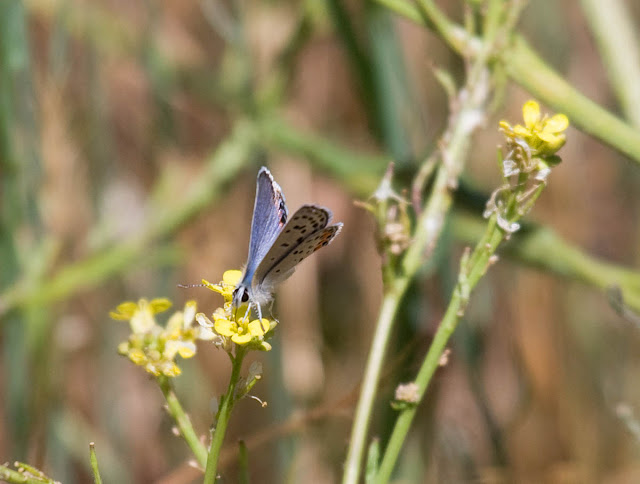It has been several years since I last saw the movie: The Big Year (2011, Jack Black, Steve Martin, Owen Wilson). Trailer
here. So recently I ordered it on Netflix. I think I enjoyed it more the second time--though both viewings were enjoyable.
This movie is not really about birds and bird watching. It is a movie about obsession.
It is a movie about how relationships are challenged when one is truly engrossed, totally absorbed, consumed in an endeavor to the point of self-damaging fanaticism. It simply uses birds and extreme bird watching as a medium to examine obsession.
Okay, yeah. Who am I fooling? This movie is about birds and bird watching.
Do you have a hobby, sport, or interest that you really enjoy? Is it getting out-of-hand (not according to you, but according to your friends and family)? Can you envision yourself taking an entire year to do nothing but your favorite activity to the exclusion of all else? If so, you might find yourself in this movie.
It's called a comedy. With the three primary actors you would think so. I think it is a comedy in the same way that Around the World in 80 Days (2004, Jackie Chan version. Trailer
here.) is a comedy about travel or racing. Jules Verne wrote Around the World in 80 Days
as a Science Fiction adventure in 1873.
Hollywood doesn't have a pigeonhole for this kind of a movie. It is humorous in the way that you might recognize yourself or a loved one in these obsessive behaviors (like taking your new (non-birding) bride to spend a week in the dorm hut with 20 other birders in the otherwise uninhabited Aleutian Island of Attu for your honeymoon--what's wrong with that?). It is an adventure story, friendship story, budding romance story, end of marriage story, happy story, funny story, sad story. It is based on a more-or-less real life story (I've never read
the book). In other words, a box office dud.
The good thing about the movie, from a birding perspective, is two-fold. The activity of bird watching
per se is not being made fun of, as has usually been the case in Hollywood TV and movies (see
Miss Jane Hathaway in the TV show The Beverly Hillbillies).
Second, the birds are identified correctly and the soundtrack matches the birds. Compare this with ANY other movie. For instance, take the Finding Forrester (2000, Sean Connery. Trailer
here.) Connecticut Warbler ID debacle. Okay, it is only a debacle to bird watchers. It is a "Huh? What's the big deal?" to anyone else. Let me put it to you this way. What if your new Mission Impossible movie had someone buy a bus ticket and the movie clearly showed a dollar bill with an image of Australian actor Hugh Jackman instead of American president George Washington? Could you keep following the story line? Me neither.
Anyway, that's my 4-years-too-late movie review for you.








